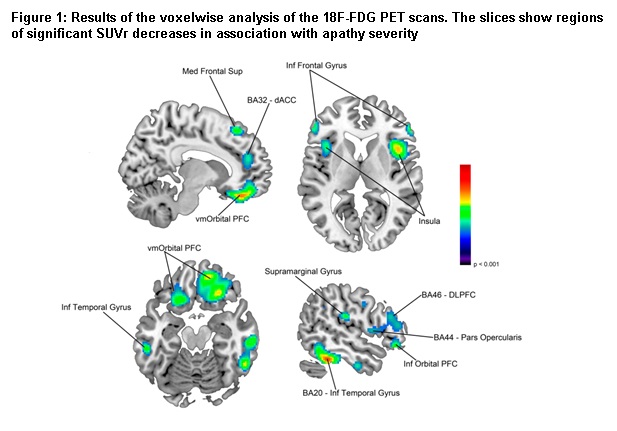Session Information
Date: Sunday, October 7, 2018
Session Title: Huntington's Disease
Session Time: 1:45pm-3:15pm
Location: Hall 3FG
Objective: To explore the impact of different levels of lifelong use of bilingualism on brain structure and metabolism in early and mid-stage Huntington’s disease (HD); and to study the potential variability in the clinical manifestations of the disease as a function of the effects exerted by bilingualism.
Background: Bilingualism protects against the early manifestation of symptoms of dementia in some neurodegenerative diseases by modifying the relationship between brain damage and clinical performance. Although HD is associated with a progressive major compromise of the systems involved in bilingual control, the effect of bilingualism in this population remains unknown.
Methods: Thirty early-mild stage HD patients with measured index of use of bilingualism along life (BIuse) were included. Motor, functional, cognitive and behavioral variables were recorded. Multimodal imaging approach based on gray matter volume (GMV) quantification and 18F-FDG PET/CT scan served to explore the effect of bilingualism use on brain structure and function and its association with clinical measures.
Results: Higher bilingualism use appeared associated with better performance in tasks measuring inhibitory control and set-shifting with independence of age and education. GMV in the anterior insula and the inferior frontal gyrus increased as a function of higher BIuse. This effect notably contributed to better performance on the Stroop word-color interference and semantic verbal fluency tests. 18F-FDG data revealed a significant effect of BIuse over metabolism in the dorsal anterior cingulate cortex, the anterior insula, the ventro medial OPFC and the inferior frontal gyrus among other fronto-temporal regions (figure 1). These changes contributed to better inhibitory control and set-shifting and to more preserved motor and functional capacity.
Conclusions: Bilingualism protects brain structures and functions associated with action monitoring and cognitive control. These findings emphasize the importance of stimulating cognitive and brain reserve in HD to mitigate the impact of neurodegenerative progression.
To cite this abstract in AMA style:
S. Martinez-Horta, A. Moreu, F. Sampedro, J. Perez-Perez, A. Horta-Barba, J. Pagonabarraga, J. Marin-Lahoz, H. Bejr-Kasem, J. Kulisevsky. The impact of bilingualism in brain structure and function in early and mild Huntington’s disease [abstract]. Mov Disord. 2018; 33 (suppl 2). https://www.mdsabstracts.org/abstract/the-impact-of-bilingualism-in-brain-structure-and-function-in-early-and-mild-huntingtons-disease/. Accessed December 25, 2025.« Back to 2018 International Congress
MDS Abstracts - https://www.mdsabstracts.org/abstract/the-impact-of-bilingualism-in-brain-structure-and-function-in-early-and-mild-huntingtons-disease/

